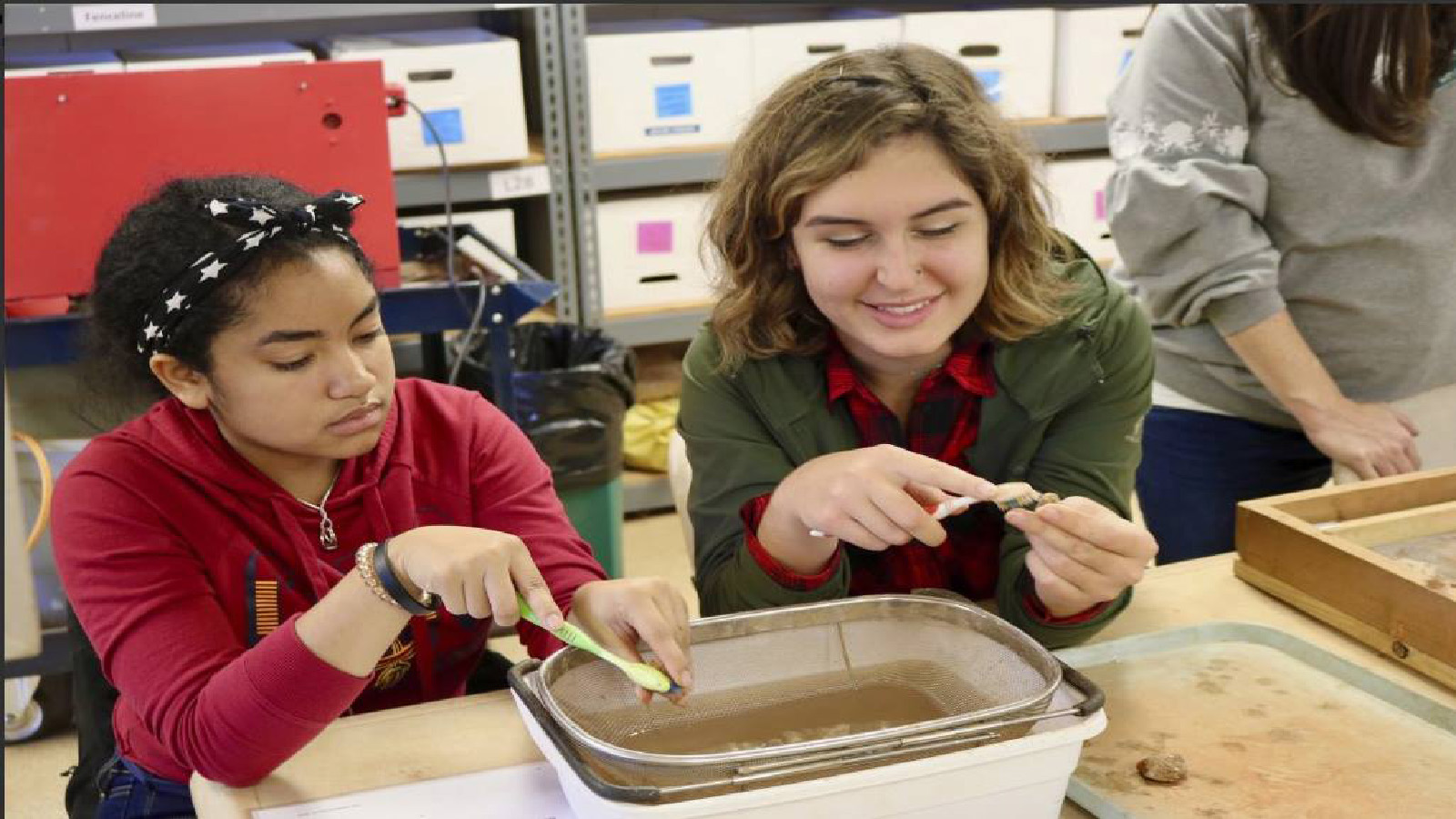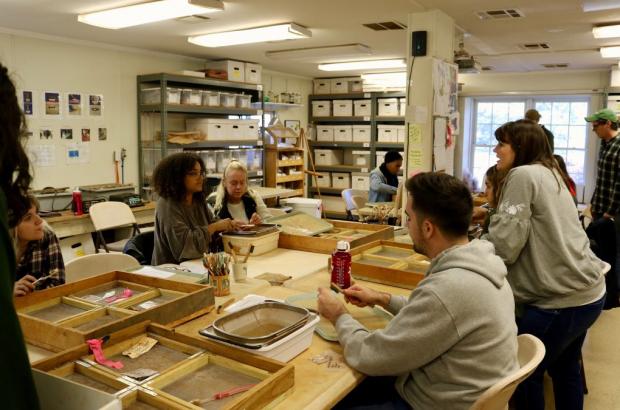Defining the Color Line: Race, Democracy & the Enslaved Community was the theme of Prof. Hasan Kwame Jeffries' recent field school (October, 2108) at James Madison's home, Montpelier, and Charlottesville, Virginia. He and a group of students traveled there as a result of a bridge grant from the Global Arts & Humanities Discovery Theme.
Prof. Jeffries' description of the field school:
“James Madison’s Montpelier, which chronicles the life and times of one of the nation’s most important founders, recently opened a permanent exhibition on the enslaved community at Montpelier and on slavery in America. As such, it is an ideal place for students to learn about the ways in which blackness has been imagined, defined, and redefined in order to deny African Americans full citizenship rights in America.
Studying the denial of citizenship rights (and human rights) to people of African descent, and exploring the ways in which African Americans have resisted these efforts, has been the primary focus of the TBC Discovery Theme Pilot Project. By exploring these issues in the context of James Madison’s political beliefs and experiences as an enslaver, which greatly informed the U.S. Constitution, as well as in the context of the enslaved community at Montpelier, the field school fit squarely within the TBC’s primary objectives. The proposed field school also served as an extension of TBC programming, which has involved students in various activities including symposia on citizenship and civil rights and read-ins on race and democracy.
Finally, the field school reflected the spirit of collaboration with community-based institutions – in this instance an historic site and interpretive center – which has been a guiding principle of the TBC Discovery Theme Pilot Project. Indeed, the field school’s faculty leader did not just bring students to Montpelier, but worked closely with Montpelier’s Director of Education and Visitor Engagement to engage the students in place based historical study and archeological exploration through guided tours, lectures, and facilitated discussions.”




